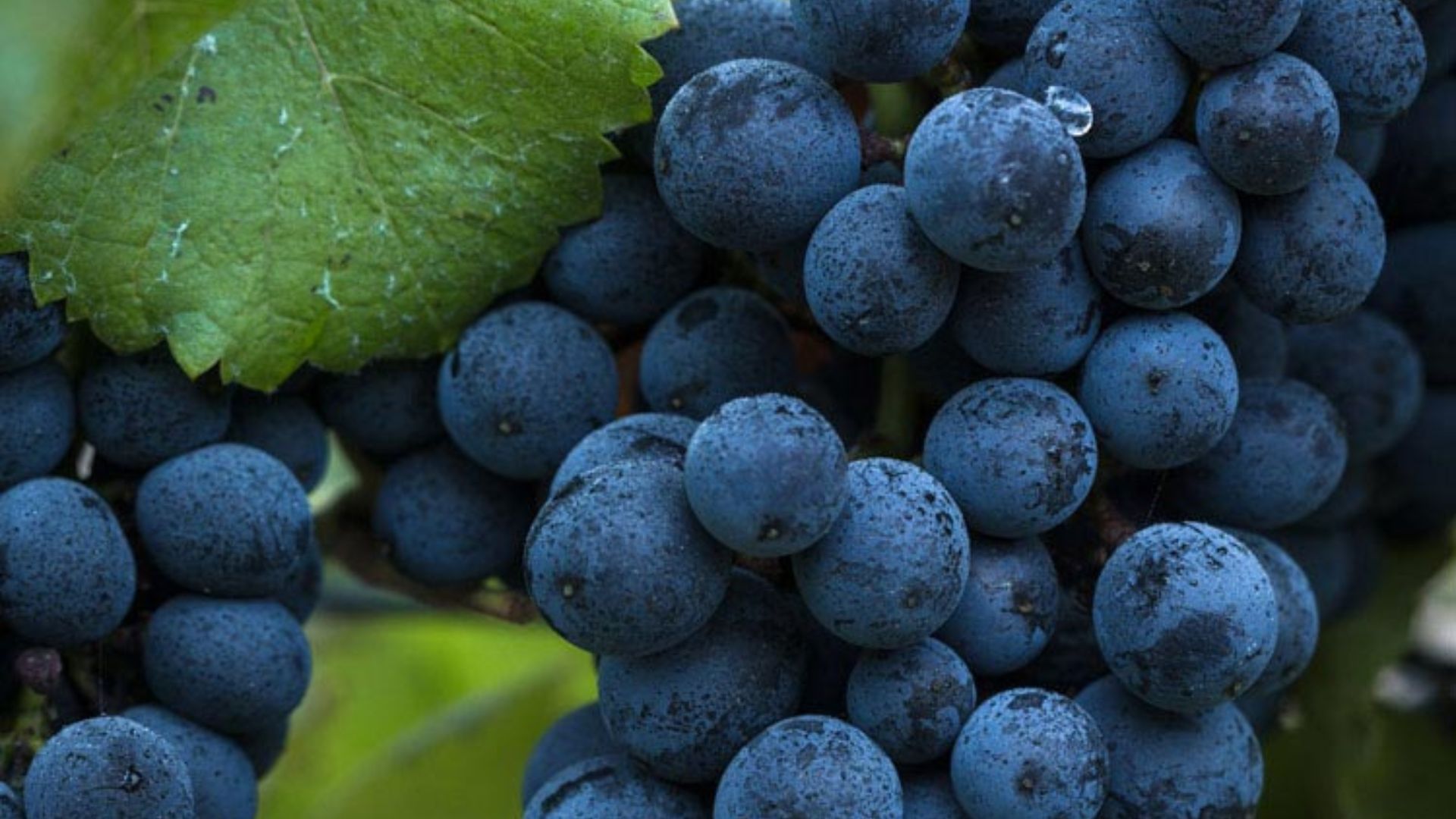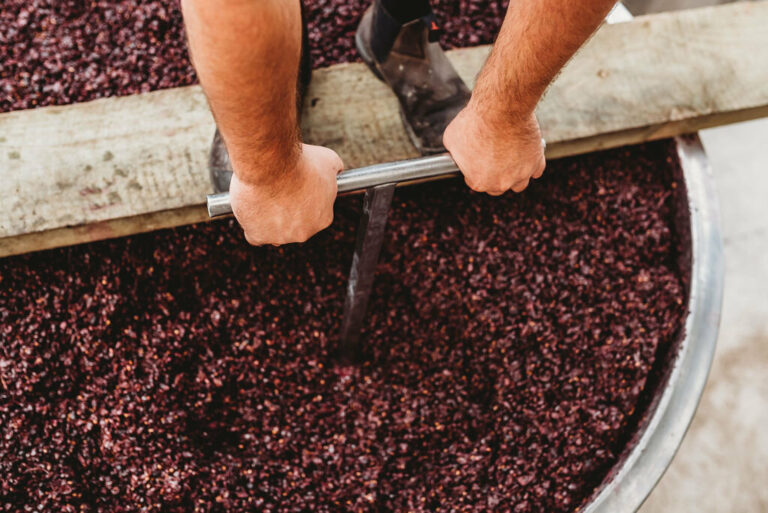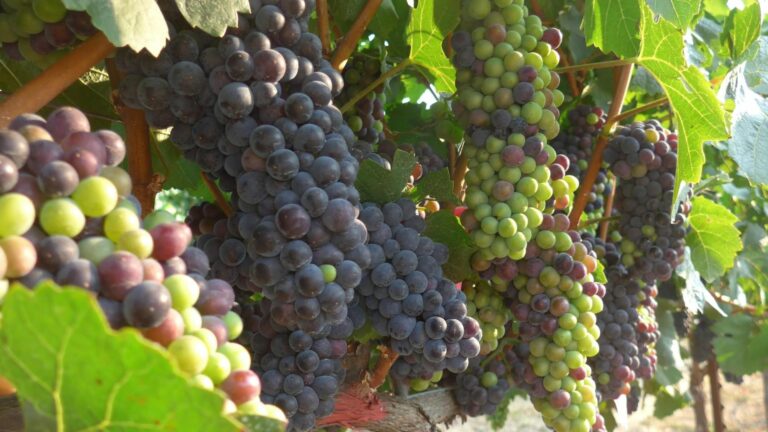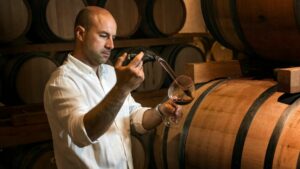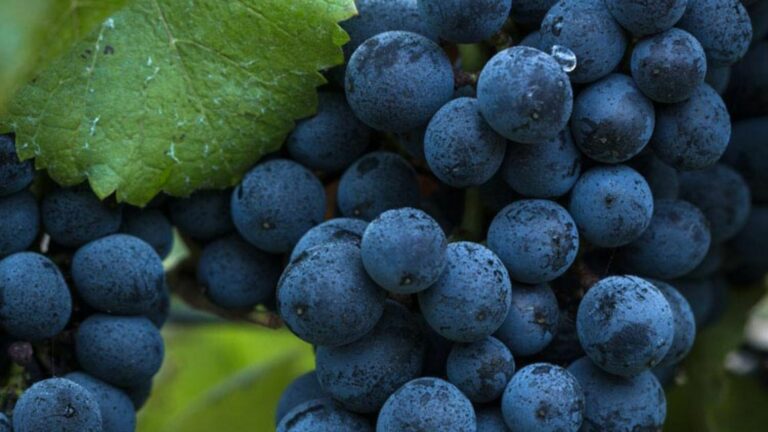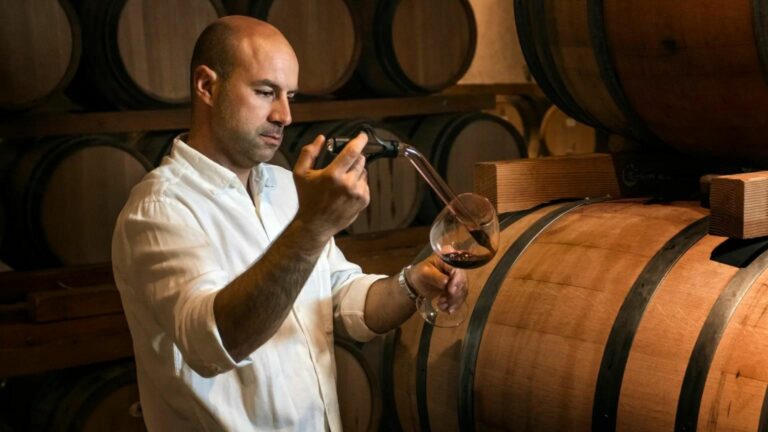Vineyard management is the cornerstone of winemaking, where meticulous care and attention to detail lay the foundation for crafting extraordinary wines. From selecting the ideal site and grape varietals to implementing sustainable farming practices, vineyard management encompasses a myriad of tasks that influence grape quality, flavor, and character. In this blog post, we’ll delve into the art of vineyard management, exploring the essential practices that vintners employ to nurture the vines, steward the land, and produce wines that capture the essence of terroir.
Site Selection and Terroir Understanding
The journey of exceptional wine begins with the careful selection of the vineyard site, where factors such as soil composition, microclimate, slope orientation, and altitude profoundly influence grape quality and flavor development. Vintners with a deep understanding of terroir seek out sites that offer optimal conditions for grape cultivation, whether it’s the mineral-rich soils of Burgundy’s limestone hillsides or the sun-drenched slopes of California’s Napa Valley. By studying the unique characteristics of the land and its microclimates, vintners can identify terroir-driven vineyard sites that express the true essence of the grapes grown within them.
Sustainable Farming Practices
In today’s environmentally conscious world, sustainable farming practices have become increasingly important in vineyard management. Vintners embrace methods such as organic farming, biodynamics, and integrated pest management to minimize chemical inputs, promote soil health, and preserve biodiversity. Cover cropping, composting, and water conservation techniques are employed to enhance soil fertility and moisture retention, while natural predators and beneficial insects are encouraged to control pests and diseases. By prioritizing sustainability in vineyard management, vintners not only safeguard the health of the land and ecosystem but also produce wines that reflect a sense of place and purity of flavor. Visit robinroo.co/en for exciting online casino games.
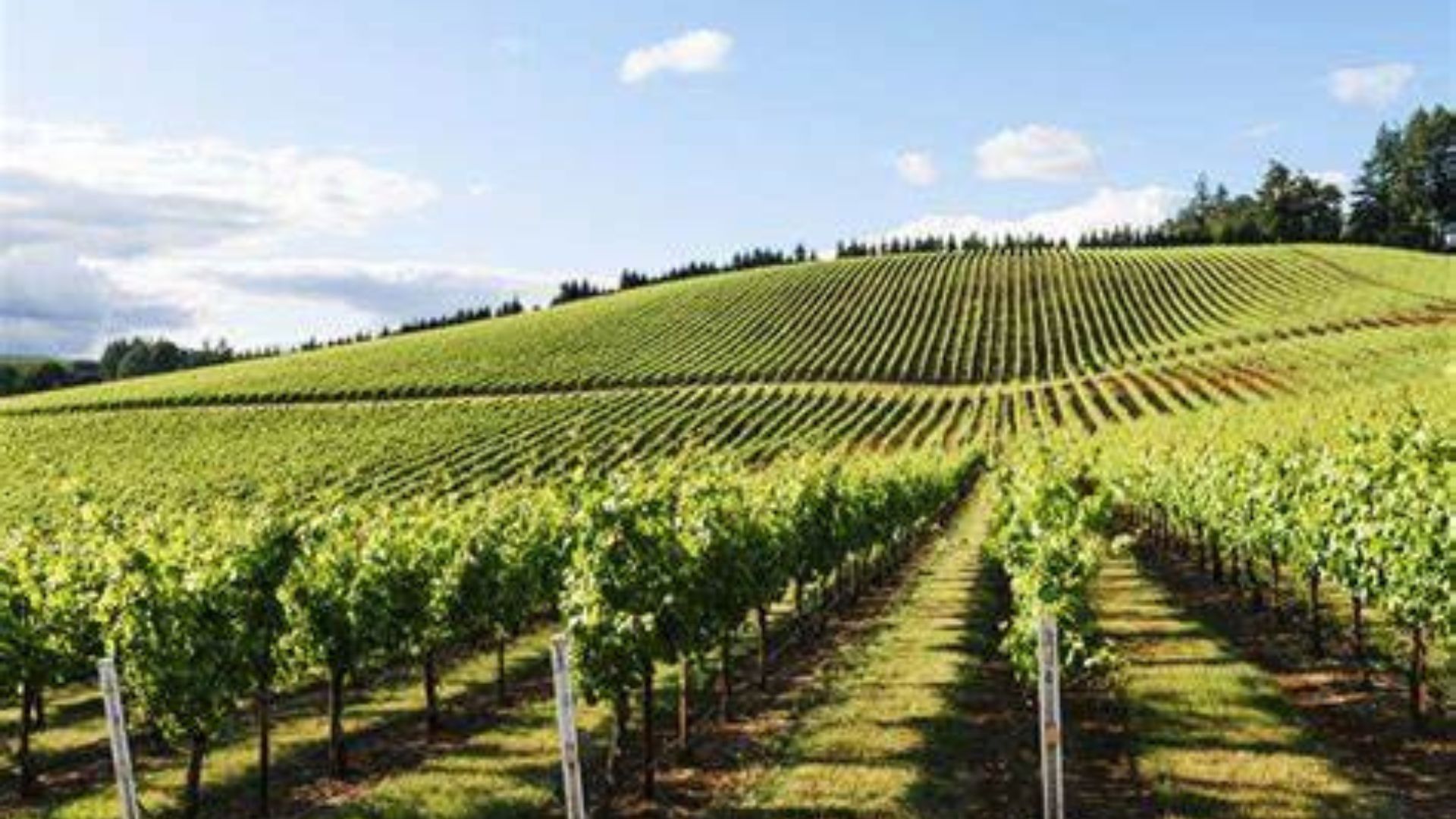
Pruning and Canopy Management
Pruning is a fundamental vineyard management practice that influences grape yield, quality, and vine vigor. Vintners carefully prune the vines during the dormant season to regulate bud count, control vine growth, and optimize fruit exposure to sunlight and air circulation. Canopy management techniques, such as leaf thinning and shoot positioning, further enhance grape ripening and flavor development by balancing canopy density and shade levels. By achieving the ideal balance between vine growth and fruit production, vintners can maximize grape quality and ensure uniform ripening, resulting in wines of exceptional balance, complexity, and structure.
Irrigation and Water Management
Water is a precious resource in vineyard management, and efficient irrigation practices are essential for sustaining vine health and grape quality, particularly in arid or drought-prone regions. Vintners utilize drip irrigation, micro-sprinklers, or dry-farming techniques to deliver precise amounts of water to the vines, promoting deep root growth and minimizing water stress. Soil moisture monitoring, evapotranspiration modeling, and deficit irrigation strategies are employed to optimize water use efficiency and avoid over-irrigation. By implementing sustainable water management practices, vintners can conserve water resources, mitigate environmental impact, and produce wines that reflect the unique characteristics of their terroir.
Vineyard Monitoring and Data Analysis
In the modern era of winemaking, technology plays a vital role in vineyard management. Vintners utilize advanced monitoring systems, such as weather stations and soil sensors, to collect real-time data on environmental conditions, soil moisture levels, and vine health. This data is then analyzed to make informed decisions regarding irrigation scheduling, pest and disease management, and harvest timing. By harnessing the power of data-driven insights, vintners can optimize vineyard practices, maximize grape quality, and minimize risks, ensuring that each vintage reaches its full potential. Through continuous monitoring and analysis, vineyard management becomes a dynamic and responsive process, enabling vintners to adapt to changing conditions and produce wines of unparalleled excellence.
Conclusion
In conclusion, vineyard management is a labor of love that requires skill, knowledge, and a deep connection to the land. By embracing sustainable farming practices, understanding terroir, and employing meticulous vineyard techniques, vintners can nurture healthy vines, steward the land, and produce wines of unparalleled quality and character. From site selection and pruning to irrigation and canopy management, every aspect of vineyard management plays a crucial role in shaping the final expression of the wine. As stewards of the land and custodians of tradition, vintners honor the legacy of winemaking by cultivating excellence in every vineyard, ensuring that each bottle tells a story of place, passion, and craftsmanship.

